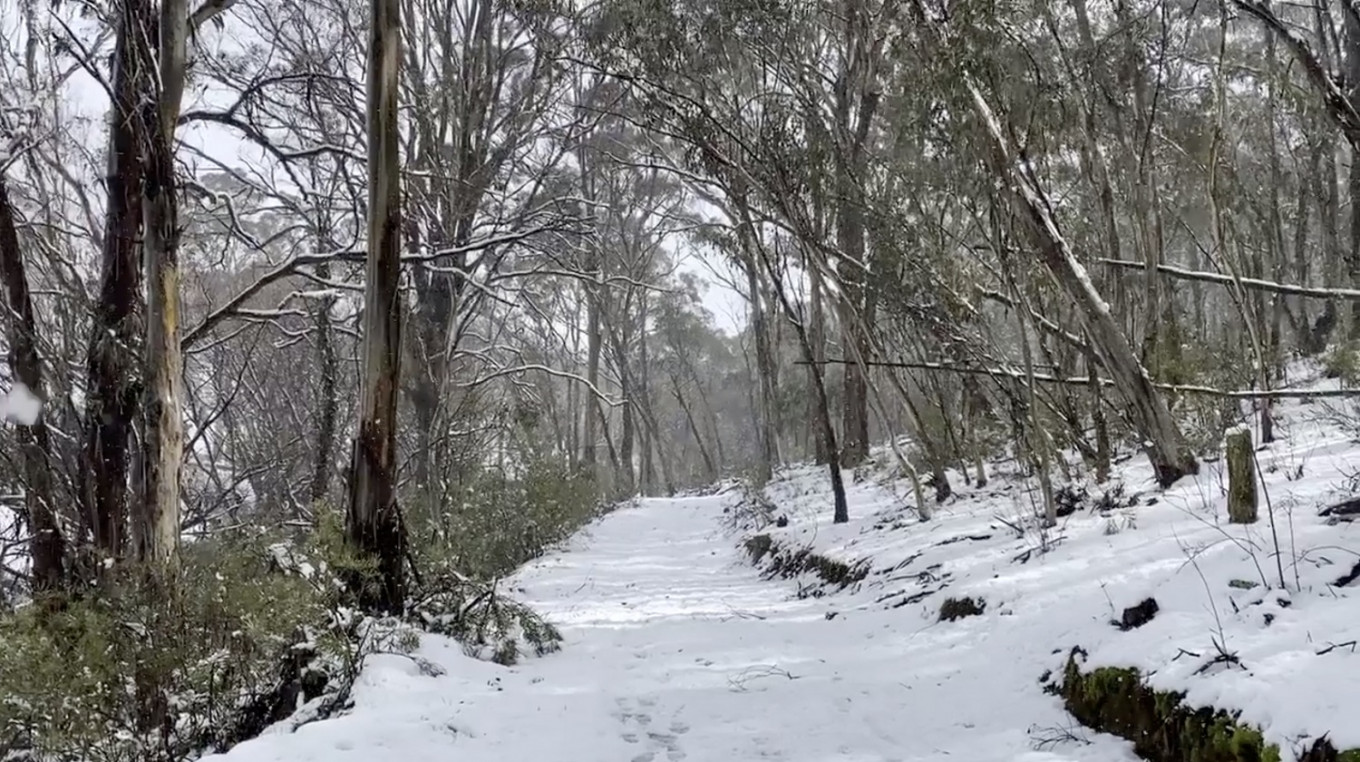Discover About the Fascinating Weather Patterns That Cause Snow In Australia Each Season
Wiki Article
Discover the Remarkable Effects of Snow in Australia on Local Ecological Communities
Despite its credibility for sun-soaked landscapes, Australia likewise boasts regions buried by snow-- a sensation that greatly influences the country's distinct communities. The protecting properties of snows secure plants and animals in the middle of the coldest wintertimes, while the melting snow supports rivers and water life.The Unforeseen Areas of Snowfall in Australia
Although Australia is commonly related to sun-scorched landscapes and sandy beaches, particular areas surprisingly experience snowfall. The high country regions of New South Wales, Victoria, and Tasmania are specifically known for their wintertime snow. The Snowy Hills in NSW, for instance, get abundant seasonal snow, supplying a stark contrast to the nation's normal hot, dry climate. Meanwhile, the Victorian Alps and components of Tasmania likewise see annual snowfalls, transforming the landscape right into a winter season paradise. These areas are not just anomalies but integral components of Australia's diverse climate system. The existence of snow in these regions dramatically influences local ecological communities, ultimately influencing the nation's one-of-a-kind biodiversity. The specific influence on Australia's distinct plants will be discussed in the next area.
Exactly How Snow Impacts Australia's Unique Flora
While it may appear unusual, snowfall in Australia plays an essential duty fit the country's distinct flora. The snow-filled winters foster strength in Australian plant types. This is specifically obvious in the sub-alpine and alpine areas, where snow periodontals and mountain plum-pines prosper. These plants have evolved to survive in extreme problems, with snow acting as a protective covering from freezing temperature levels and rough winds. The snow likewise adds to the dampness material of the dirt, offering needed hydration for plant throughout the dry summertime. Basically, the snow affects the timing of blooming and seed dispersal, the development prices, and the survival of many plant species, showcasing the elaborate interplay in between environment and flora in Australia.The Adaptations of Australian Fauna to Snowfall
Equally as Australia's plants has adjusted to the wintery problems, the neighborhood fauna too, display exceptional adjustments to the snowfall. Species like the Mountain Pygmy-possum, the only Australian marsupial recognized to hibernate, have developed techniques to endure in snowy environments. It uses the snow as insulation, hibernating in rock gaps below the snow to stay warm. In a similar way, the Snow Skink, a varieties of reptile, transforms its colour to white during winter months, giving camouflage against killers. Birds such as the Snowy Hills' Crimson Rosella additionally change their diets to consume available food sources during chillier periods. Hence, despite the extreme conditions, Australian animals demonstrates a flexible and resistant nature, ensuring their survival in areas experiencing snowfall.The Duty of Snow in Forming Local Environments
Fit the neighborhood ecological communities, the role of snow in Australia is both extensive and multilayered. It affects the distribution of vegetation and fauna, mainly specifying the biodiversity of sub-alpine and alpine areas. Snow gives a vital water source, feeding rivers and reservoirs as it melts, thus supporting a variety of water life forms. Furthermore, snow functions as an insulator, shielding ground-dwelling organisms from extreme cold. Similarly, it plays a significant duty in soil formation and nutrient biking. The routine cold and thawing of soil caused by snowfall fosters the breakdown of rocks, improving dirt fertility. As a result, the existence you could look here of snow shapes the vegetation patterns, pet habits, and general sustainability of Australia's one-of-a-kind ecological communities. Snow In Australia.
The Future of Snowfall in Australia: Forecasts and Ramifications

Provided the essential role snow plays in shaping local ecological Read Full Report communities, the future of snowfall in Australia is attracting increasing attention from conservationists and researchers. Current climate versions forecast a substantial reduction in snowfall as a result of international warming, with potentially profound influence on neighborhood ecosystems. Less snow could lead to minimized water schedule in towering regions, negatively influencing wild animals environments and plant life. It could modify the timing of seasonal adjustments, interrupting the life cycles of numerous native varieties. The tourist market, greatly reliant on the winter season snow season, might also face considerable obstacles. Therefore, understanding these forecasts and their ramifications is vital to establish efficient conservation approaches, making sure the preservation of Australia's special biodiversity and the sustainability of its economy.
Conclusion
The role of snow in Australia's ecological communities is pivotal yet frequently ignored. Hence, the snow in Australia is extra than an all-natural phenomenon; it's a vital player in the country's environmental story.Despite its track record for sun-soaked landscapes, Australia also boasts regions buried by snow-- a phenomenon that greatly affects the nation's one-of-a-kind ecological communities. It uses the snow as insulation, hibernating in rock crevices below the snow to remain warm - Does It Snow In Australia.In shaping the local communities, the duty of snow in Australia is both multilayered and profound. The visibility of snow shapes the plants patterns, pet behavior, and total sustainability you could check here of Australia's special communities
Provided the critical function snow plays in shaping neighborhood communities, the future of snowfall in Australia is drawing raising focus from environmentalists and researchers.
Report this wiki page